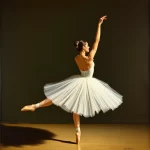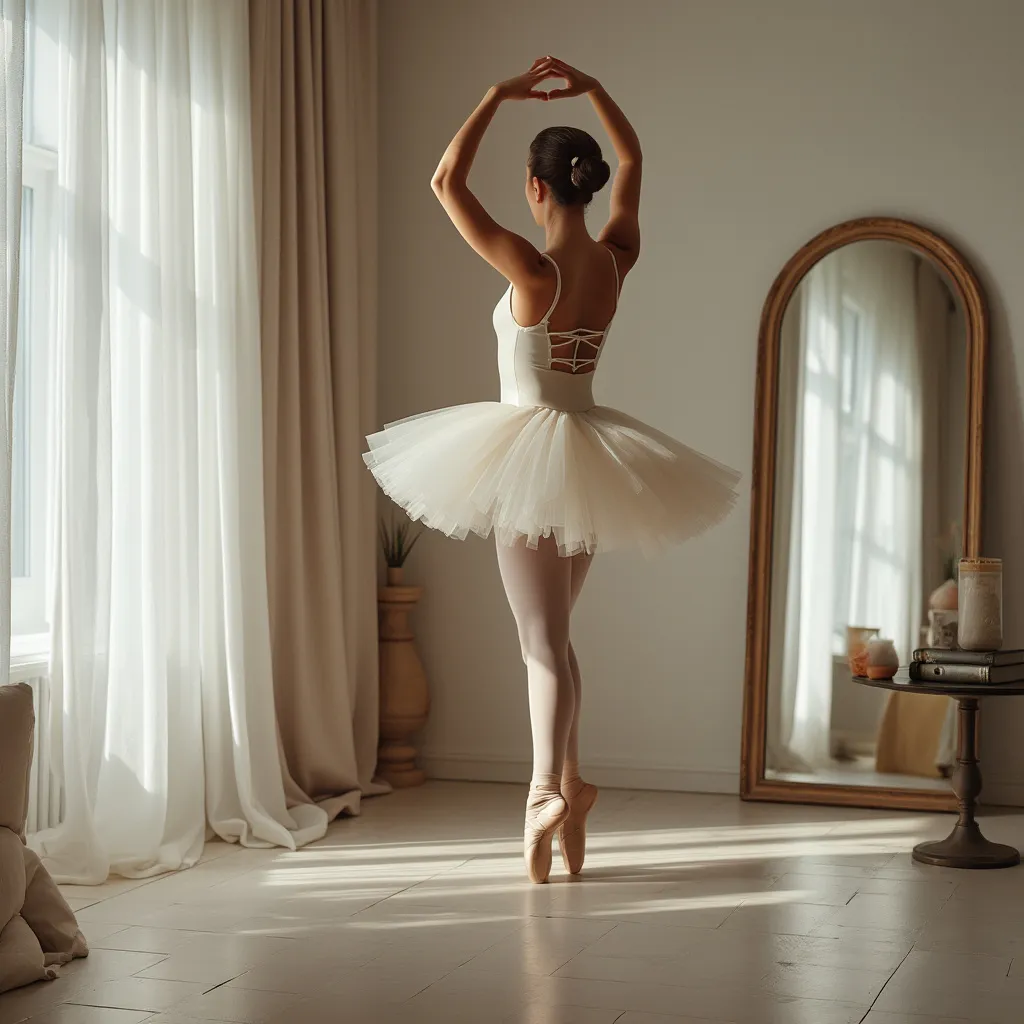Understanding Ballet Terminology: An Introduction

Introduction
Ballet, a classical dance form that originated during the Italian Renaissance and later developed in France and Russia, is renowned for its grace, precision, and intricate movements. Understanding ballet terminology is essential for anyone interested in this art form, whether you are a dancer, a student, or an enthusiast. This article aims to provide a comprehensive introduction to ballet terminology, helping you navigate the language of ballet with ease and confidence.
The Basics of Ballet Terminology
Why Ballet Terminology is Important
Ballet terminology is not just a collection of fancy words; it is a universal language that allows dancers and instructors to communicate effectively. Knowing the correct terms ensures that everyone in the studio or on stage understands the movements and techniques being discussed. This shared language is crucial for maintaining the precision and uniformity that ballet demands.
The French Influence
Much of ballet terminology is derived from French, as the art form was significantly developed in France. Terms like plié (to bend), pirouette (to spin), and arabesque (a position where the dancer stands on one leg with the other extended behind) are just a few examples of the French influence on ballet vocabulary.
Common Ballet Terms and Their Meanings
Positions of the Feet
The foundation of ballet begins with the positions of the feet. There are five basic positions:
- First Position: Heels together, toes turned out to form a straight line.
- Second Position: Feet are turned out and placed shoulder-width apart.
- Third Position: One foot is placed in front of the other, with the heel of the front foot touching the arch of the back foot.
- Fourth Position: Similar to third position but with a gap between the feet.
- Fifth Position: One foot is placed in front of the other, with the heel of the front foot touching the toe of the back foot.
Basic Movements
Understanding basic movements is crucial for any ballet dancer. Here are some fundamental terms:
- Plié: A bending of the knees while keeping the heels on the floor.
- Relevé: Rising onto the balls of the feet or toes.
- Tendu: Stretching the leg and foot out from one position to another while keeping it on the floor.
- Jeté: A leap from one foot to the other.
- Glissade: A gliding step where one foot moves to the side and the other follows.
Positions of the Arms
The positions of the arms are equally important in ballet. Here are the basic arm positions:
- First Position: Arms are rounded and held in front of the body, with fingers almost touching.
- Second Position: Arms are extended to the sides, slightly rounded.
- Third Position: One arm is rounded in front of the body, and the other is extended to the side.
- Fourth Position: One arm is rounded above the head, and the other is rounded in front of the body.
- Fifth Position: Both arms are rounded and held above the head.
Advanced Ballet Terminology
Turns and Spins
As dancers progress, they encounter more complex movements, including various turns and spins:
- Pirouette: A complete turn of the body on one foot, either on pointe or demi-pointe.
- Fouetté: A whipping turn where the dancer turns on one leg while the other leg is whipped around to the side.
- Chaînés: A series of quick turns on alternating feet, creating a chain-like effect.
Jumps and Leaps
Jumps and leaps add dynamism to ballet performances. Here are some advanced terms:
- Grand Jeté: A large leap where the dancer throws one leg forward and the other back, creating a split in the air.
- Assemblé: A jump where the dancer’s feet or legs are brought together in the air before landing.
- Sissonne: A jump from two feet to one foot.
Special Techniques
Advanced ballet also involves special techniques that require years of practice to master:
- En Pointe: Dancing on the tips of the toes using special shoes called pointe shoes.
- Pas de Deux: A dance for two people, typically a male and female dancer.
- Adagio: Slow, controlled movements that require a great deal of strength and balance.
Frequently Asked Questions (FAQ)
What is the significance of French terminology in ballet?
French terminology is significant in ballet because the art form was extensively developed in France. The use of French terms provides a universal language that dancers and instructors around the world can understand, ensuring consistency and precision in teaching and performance.
How long does it take to learn basic ballet terminology?
The time it takes to learn basic ballet terminology varies depending on the individual’s dedication and practice. However, with regular classes and study, most students can become familiar with basic terms within a few months.
Can adults learn ballet terminology, or is it only for children?
Adults can absolutely learn ballet terminology. Ballet is an art form that can be enjoyed at any age, and many studios offer classes specifically for adult beginners. Learning the terminology is an essential part of the process, regardless of age.
Do I need to know ballet terminology to enjoy watching a ballet performance?
While knowing ballet terminology can enhance your appreciation of a performance, it is not necessary to enjoy the beauty and artistry of ballet. Understanding the terms can, however, provide deeper insight into the techniques and movements being performed.
Are there any resources available to help me learn ballet terminology?
Yes, there are numerous resources available to help you learn ballet terminology. These include online tutorials, ballet dictionaries, instructional videos, and classes at local dance studios. Many ballet companies also offer educational programs and workshops.
Conclusion
Understanding ballet terminology is a crucial step in appreciating and mastering this elegant art form. Whether you are a dancer, a student, or simply an enthusiast, familiarizing yourself with these terms will enhance your experience and deepen your appreciation for ballet. From the basic positions of the feet and arms to advanced techniques and movements, each term carries a rich history and significance that contributes to the beauty and precision of ballet. So, take the time to learn and explore this fascinating language, and let it guide you through the enchanting world of ballet.

